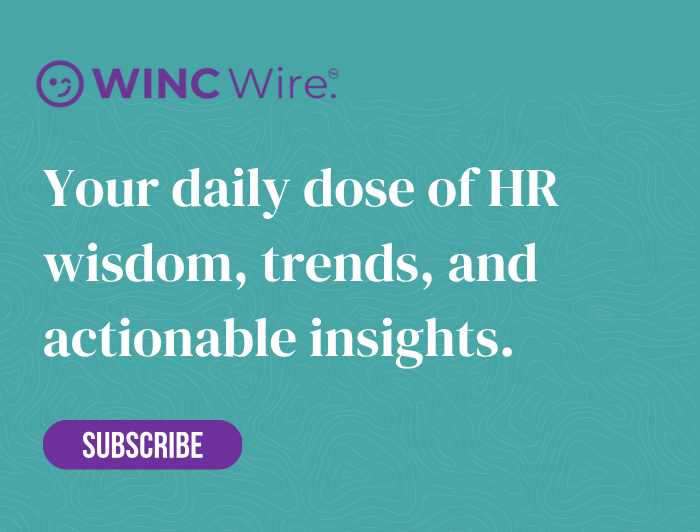Hiring the right person takes 44 days on average, according to The Josh Bersin Company. Yet here’s what we all know but rarely admit: recruitment might be the courtship, but onboarding is where marriages either flourish or fall apart. And frankly, most of our onboarding programmes feel more like speed dating than building lasting relationships.
You’ve seen it happen. We spend weeks finding the perfect candidate, celebrate when they accept our offer, then promptly thrust them into a whirlwind of induction sessions and policy presentations. We hand them a laptop, show them the loo, and essentially say “crack on.” But people aren’t USB devices you can simply plug in and expect to work seamlessly.
Creating Connection Before Capability
Picture this: it’s your first day at a new company. You recognise your manager from the interview process and maybe someone from HR. Beyond that? You’re surrounded by faces that might as well be speaking in code about “the Q4 deliverables for the stakeholder mapping exercise.” Sound familiar?
A buddy programme transforms this experience entirely. Suddenly, there’s someone who genuinely wants to help you navigate not just the job, but the peculiar ecosystem that every workplace becomes. They’re not your line manager with performance objectives to track, nor an HR professional with compliance boxes to tick. They’re simply a colleague who remembers what it felt like to be new.
Why Buddy Programmes Actually Matter
They Build Your Social Infrastructure from Day One
British workplace culture runs on unspoken understanding. We bond over proper tea-making technique, shared eye-rolls during unnecessarily long meetings, and those moments when someone actually says what everyone’s thinking. A buddy helps newcomers decode these social signals and find their place in the tribe.
They Create Genuine Engagement
Gallup’s research shows employees with close friendships at work are seven times more likely to be engaged. When you consider that replacing someone can cost anywhere from £15,000 to £50,000, investing in relationships suddenly looks rather shrewd, doesn’t it?
They Transfer the Real Knowledge
There’s the official handbook, and then there’s the actual way things work. Who really makes decisions? Which meeting rooms have dodgy heating? How do you tactfully decline the third coffee invitation of the day? This institutional wisdom lives in people’s heads, not policy documents.
They Fill the Cracks
Your managers are busy. Your HR team is stretched. But those small questions still need answering: “Where do I find more Post-it notes?” “Is it weird if I eat lunch at my desk?” “Did I just accidentally reply-all to the entire company?” A buddy handles these micro-moments so leadership can focus on the bigger picture.
Designing a Programme That Actually Works
Let’s be honest: most buddy programmes either fizzle out after a few weeks or become another administrative burden. Here’s how to avoid that fate:
Get Leadership Genuinely On Board
If your senior team treats buddying as a “nice to have” rather than essential infrastructure, you’re setting yourself up for failure. When leaders actively celebrate great buddies and share success stories, the programme becomes part of your cultural DNA.
Choose Your Buddies Thoughtfully
Being good at your job doesn’t automatically make you a good buddy. Look for people who remember what it felt like to be new, who can explain complex things simply, and who genuinely enjoy helping others succeed. They don’t need to be senior – they need to be generous.
Give Them Proper Tools
A simple checklist, dedicated time allocation, or even a modest coffee budget can make the difference between a buddy who thrives and one who feels overwhelmed. Don’t assume good intentions will naturally translate into good outcomes.
Actually Measure the Impact
Track what matters: new starter feedback, early retention rates, time to productivity. Review these metrics regularly and adjust accordingly. What gets measured gets improved.
Make It Cultural, Not Procedural
The best buddy programmes don’t live in policy manuals – they’re woven into how your organisation operates. Celebrate excellent buddies publicly. Share their stories during onboarding. Make it clear that helping newcomers succeed is how your company defines success.
Why This Matters Even More Now
British workplace culture has always valued gradual relationship building over forced networking. We prefer earning trust through consistent small kindnesses rather than grand gestures. Buddy programmes tap directly into this cultural preference.
With hybrid working becoming permanent for many organisations, that gradual relationship building faces new challenges. How do you create casual corridor conversations when there’s no corridor? A thoughtful buddy can bridge this gap, ensuring remote joiners in Edinburgh feel as welcomed as office-based ones in Birmingham.
The Reality Check
Buddy programmes aren’t just feel-good initiatives – they’re strategic investments that pay measurable dividends. They accelerate time to productivity, reduce early-stage turnover, and create the kind of workplace culture that attracts top talent.
If your current onboarding still relies primarily on presentations and policy documents, you’re missing a fundamental truth: people join companies, but they stay because of relationships. What would happen if you made building those relationships as intentional as everything else you do?
Here’s a simple starting point: assign every new hire a person, not just a process. The rest will follow.
Let’s Continue the Conversation
If you’re ready to build a workplace where people genuinely thrive from day one, I’d love to help. Follow along for practical HR insights, people-first strategies, and future-of-work perspectives. Together, we can turn good intentions into great outcomes and onboarding into a true welcome.






